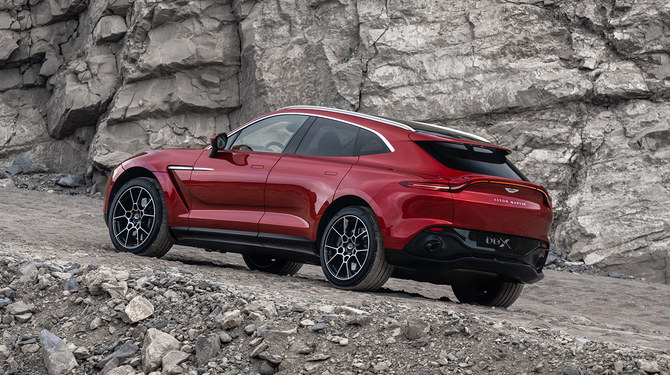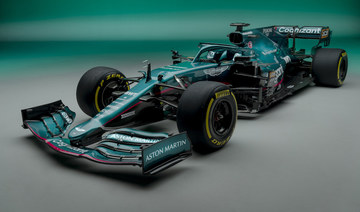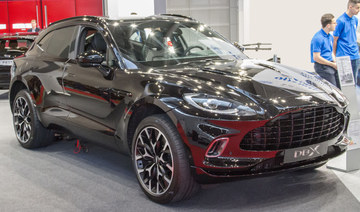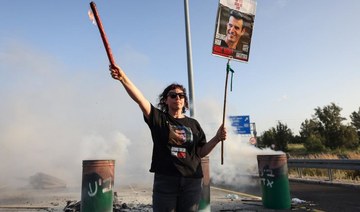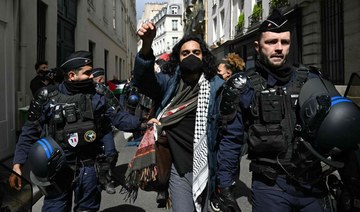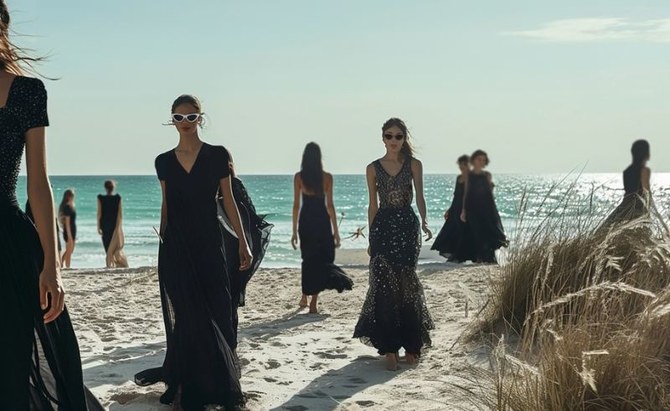DUBAI: I was privileged to get a glimpse of the Aston Martin DBX a few years back at the carmaker’s main production plant in Warwickshire in the UK when it was just in the concept stage, and it looked a knock-out then.
A super SUV from the maker of the vehicle of choice of James Bond, the legendary British spy? Who would say no to that idea? Certainly not elite car aficionados in the Middle East, that’s for sure, and I recall telling Aston executives back then that they should get the car to the Gulf as quick as possible, because it was sure to be a winner.
A lot has happened at Aston since then, but it is reassuring to know that the company has lived up to the promise of the super SUV, which can now be seen and bought in the cities of the Gulf. It’s also reassuring to know that my judgement back then has been proved correct — the DBX is a real show-stopper.
Aston has come under new management over the past year, to help it through another bout of financial pressure brought on by a combination of Brexit, stock market woes, and the shock of the COVID-19 pandemic.
But it has not let those problems distract it from the main job — designing, manufacturing and selling top-class vehicles that have a distinctive British flavor, as well as an edge of excitement and — even — danger that other elite marks do not possess. The Bond heritage.
But how to combine that with the comfort, accessibility and adaptability of an SUV? Other super-car manufacturers have tried it, with varying degrees of success, but I think the DBX has produced an all-terrain vehicle that retains the pizzazz and glamour of its sports car stablemates better than most.
In the DBX, you could imagine Mrs Bond dropping the kids at school and doing a supermarket shop before handing the keys back to James for a spot of clandestine espionage. Mr Bond would be pleased to have the chance to drive it, I’d guarantee.
The one that I was lucky enough to test in Dubai was a real head-turner. My favorite hotel valet man at one of Dubai’s glitzy five-star hotels — who knows a thing or two about elite cars, having parked all of them — took a sharp intake of breath at the matt Xenon grey body paint that made the DBX look quite sinister, but also very muscular and powerful.
The wheels are big, even by SUV standards and would be sure to get you to the crest of even the most demanding sand dune, if that was your aim, or just to add to the road-holding qualities the DBX has even at high speeds and sharp corners.
A 4.0 litre V8 turbocharged engine — from Aston’s German partner Mercedes — speeds you from 0 to 100km in 4.5 seconds and deliver a top speed of just under 300kph. Mrs Bond will be fine with that. James might want just a little a bit more but that’s a minor quibble — and in any case he could flick it into Sport+ mode when in hot pursuit of a villain.
Aston’s sound system — encased in leather like the rest of the interior — belts out the decibels through 14 strategically placed speakers that allow you to hear the music even above the distinctive deep-throated growl of the engine.
It is an SUV for sure, with plenty of space and comfort in the back and a boot that will carry everything you’ll want, including the dog. (One option is a pet-package that includes a washing facility for muddy post-walk paws, which would be equally useful for sandy feet.)
One thing I really liked was a huge sliding roof that pulled back to give you a skyline view and instantly made the interior look even more spacious. Great for night-time cruising in the high-rise cities of the Middle East.
The DBX starts at AED837,000 ($228,000), but extras — courtesy of Aston’s Q department — will probably make it a near AED1 million investment. That’s well worth it for a car that combines heritage, power and urban sophistication in one very head-turning package.



